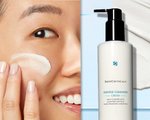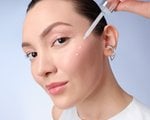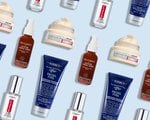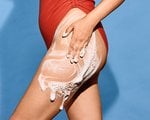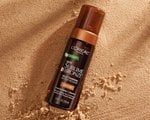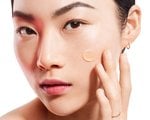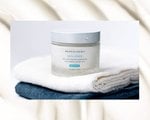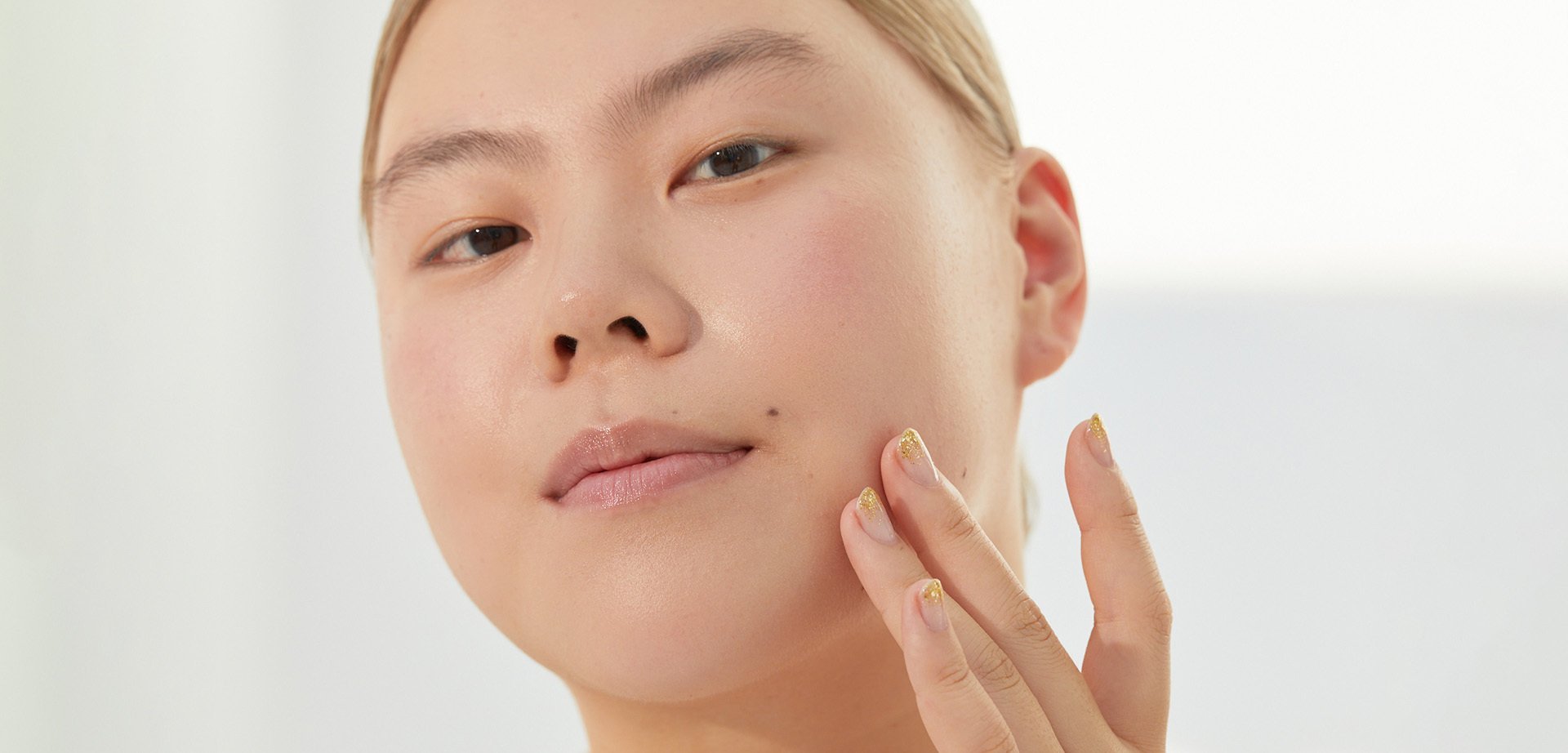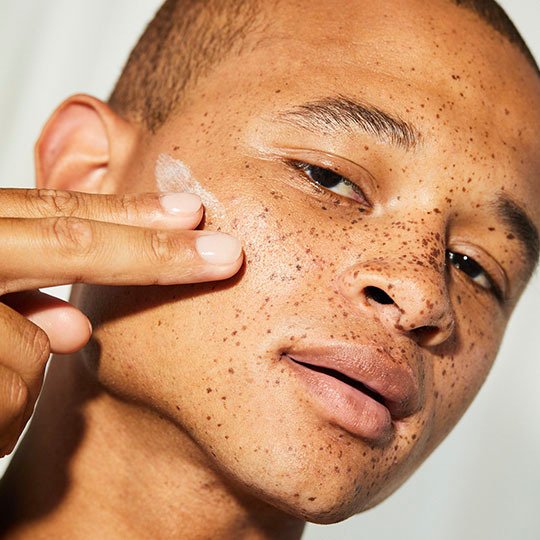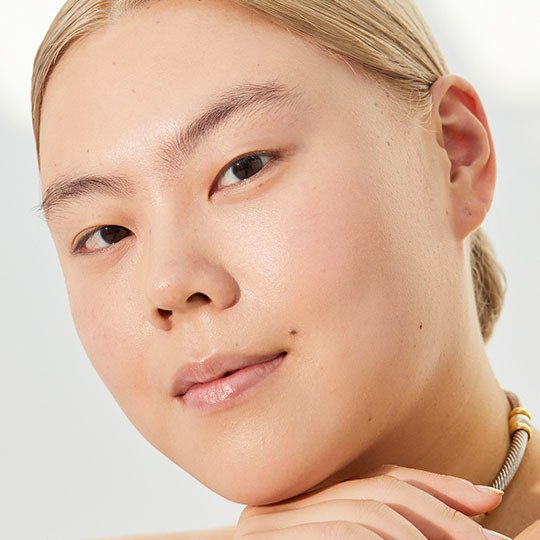Your Questions About Skin Discoloration, Answered
August 29, 2023
What Is Skin Discoloration?
If you notice dark spots or patchy discoloration on your complexion when you look in the mirror, it’s likely due to hyperpigmentation. According to board-certified dermatologist Joshua Zeichner, M.D., “hyperpigmentation is an increase in pigment [melanin] that your skin cells have produced.”
What Causes Skin Discoloration?
The most common factors that cause skin discoloration are genetics, hormones, skin trauma (such as a bad breakout or cut,) pollution and sun exposure. According to the American Academy of Dermatology (AAD), time spent in the sun causes our skin to go into protection mode and increases its melanin production in order to shield itself from the damaging effects of the sun’s harmful UV rays.
The AAD also states that melasma, a form of skin discoloration that typically appears on areas of skin exposed to sunlight, can appear elsewhere on the body as well. While sun exposure is one of the factors related to melasma, other factors like hormonal fluctuations, like during pregnancy, can also be to blame. If your discolored patches are due to melasma, it’s possible they may fade on their own.
Recent studies suggest that there may be a correlation between traffic-related air pollution and dark spots. The research from the Journal of Investigative Dermatology found that those who were exposed to nitrogen dioxide experienced more dark spots on their cheeks, but those spots were even more evident on the cheeks of people living in urban areas with increased polluted air.
How Can I Identify the Difference Between Freckles and Dark Spots?
Sun spots and freckles can look practically identical, but there are a few things to look for if you want to spot the difference. “Freckles are highly active cells that have an increased production of melanin,” says board-certified dermatologist Dendy Engelman, M.D. “When exposed to the sun, [these cells] can darken and fade with age.” Sun spots are also caused from sun exposure, but are usually bigger in size. “After time in the sun, our cells’ melanin production go into overdrive trying to combat UV/UB damage,” Dr. Engelman adds. “When a cell overproduces melanin, it causes the area to look darker, thus forming a solar lentigo or sun spot.” If you need more help differentiating between spots on your skin, book a visit with your dermatologist.
Common Skin Discoloration Locations
Skin Discoloration on Face
Discoloration is incredibly common on the face, as it’s the area of the skin that’s typically the most exposed to UV rays and other environmental aggressors. Discoloration on the face can manifest as dark spots, freckles, hyperpigmentation, melasma and more. If you struggle with acne, discoloration may also result in dark, post-acne marks.
Skin Discoloration on Legs
Discoloration can also occur on the legs due to frequent sun exposure. If you shave your legs, shaving-related irritation like cuts, nicks and razor bumps can also lead to the appearance of discoloration. To help limit issues like ingrown hairs and red bumps, it’s important to exfoliate your skin prior to shaving, shave with a clean, sharp razor and follow up with a body moisturizer once you finish.
How to Prevent Skin Discoloration
If your discoloration is caused by environmental factors, such as excessive sun exposure or pollution, the best way to prevent it from getting worse is to protect your skin. This includes applying a broad-spectrum sunscreen with SPF 30 or higher each and every day and pairing it with an antioxidant product that can help neutralize free radicals, like the SkinCeuticals C E Ferulic with 15% L-Ascorbic Acid. For maximum protection, it’s also wise to wear protective clothing, seek shade, and avoid peak sun hours — between 10 a.m. and 2 p.m.— when rays are strongest. Don’t skimp on reapplying sunscreen, either — there are plenty of spray and powder SPF formulas available to help you stay protected throughout the day without disturbing your makeup or skincare underneath.
How to Treat Skin Discoloration
Wear Sunscreen
Once again, finding a sunscreen you love and are happy to reapply is your best line of defense when it comes to preventing and treating existing signs of discoloration. To get the protection you need, it’s key to apply the correct amount of SPF — according to the AAD, most adults should use about one ounce of sunscreen for their entire body, or enough to fill a shot glass. Be sure to reapply every two hours if you’re spending time outdoors, or more if you’re in water. “For a typical day without outdoor activities, you can just apply SPF 30 to the face, neck and hands before you leave the house,” board-certified dermatologist Dr. Kristina Collins previously told Skincare.com.
Add Antioxidants to Your Routine
One common cause of dark spots and discoloration is exposure to free radicals, which are unstable molecules that are formed by environmental aggressors, such as UV exposure, pollution and smoke. While you can’t avoid free radicals altogether, antioxidants can help neutralize their effects. Common antioxidants found in skincare products include vitamins C and E, ferulic acid and niacinamide.
Incorporate a Retinoid
Retinoids, including retinol and retin-A, help speed up your skin’s rate of cellular turnover, which in turn will help promote a smoother, more even-looking complexion. “I like my patients to start using a retinoid by the time they hit 30. After the age of 30, skin-cell turnover and collagen production slows down,” board-certified dermatologist Dr. Zeichner previously told Skincare.com.
Consult Your Dermatologist
While antioxidants, retinoids and ample SPF applications can help prevent and reduce the look of discoloration, these methods may not get rid of the concern entirely. If dark spots and discoloration are still bothering you, it may be worth talking to your dermatologist about laser treatments, chemical peels or other less invasive but still long-lasting types of facials.
Products to Help Skin Discoloration
Unfortunately, it’s difficult to address dark spots that have already appeared on the skin, but it’s not impossible. If lasers and chemical peels are out of your budget, you can still turn to topical solutions. Consider some of these options, ahead.
L’Oréal Paris Bright Reveal Broad Spectrum SPF 50 Daily UV Lotion
This lightweight and non-greasy sunscreen shields skin from free radicals and UV rays with vitamins C and E. The non-comedogenic formula blends into any skin tone without leaving a white cast and also acts as a smooth, moisturizing base under makeup.

SkinCeuticals Retinol 0.5
Products with retinol (a derivative of vitamin A) can help reduce the appearance of dark spots on the skin’s surface over time with continued use. Try the SkinCeuticals Retinol 0.5 cream to promote cellular turnover and improve the appearance of discoloration, fine lines, wrinkles, pores and blemishes.

Vichy LiftActiv Vitamin C Brightening Skin Corrector
One of the best ways to help defend your skin against harmful UV rays and other environmental aggressors is to layer products formulated with vitamin C under your SPF. We love the Vichy LiftActiv Vitamin C Brightening Skin Corrector for its potent antioxidant formula that helps address uneven skin tone and fight against signs of skin aging.

Youth to the People Kombucha + 10% AHA Power Exfoliant
Regular exfoliation of the skin’s surface can also help to reduce the look of dark spots, so try adding this overnight liquid peel, which is made with lactic and glycolic acids, into your routine. Over time, it tackles dark spots and helps reveal smoother, more even-looking skin.

La Roche-Posay 10% Pure Niacinamide Serum
Help reduce discoloration, post-acne marks and other stubborn dark spots with this gentle yet potent niacinamide serum. The non-comedogenic formula can help reduce the look of dark spots in as little as one week, and will help boost your skin’s radiance over time.

Kiehl’s Clearly Corrective Dark Spot Corrector
Brighten up dull, uneven skin and dark spots with the help of this vitamin C- and salicylic acid-infused serum from Kiehl’s. It’s clinically proven to help minimize the look of dark spots and redness while also boosting luminosity and evenness of tone, with visible results over the course of 12 weeks.

